1996 FORD ASPIRE Owners Manual
-
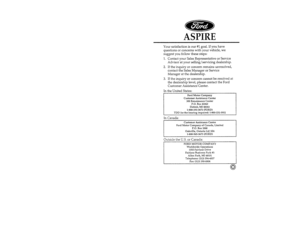 1
1 -
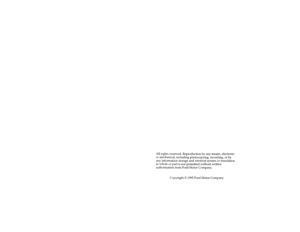 2
2 -
 3
3 -
 4
4 -
 5
5 -
 6
6 -
 7
7 -
 8
8 -
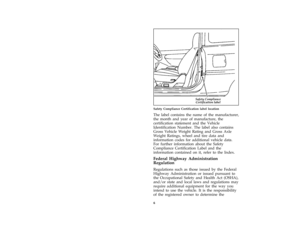 9
9 -
 10
10 -
 11
11 -
 12
12 -
 13
13 -
 14
14 -
 15
15 -
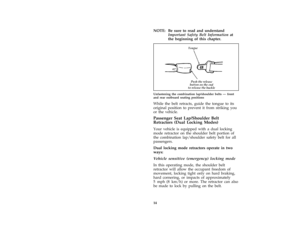 16
16 -
 17
17 -
 18
18 -
 19
19 -
 20
20 -
 21
21 -
 22
22 -
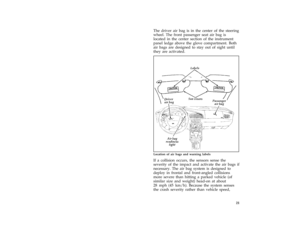 23
23 -
 24
24 -
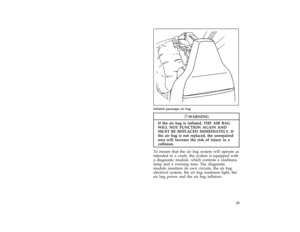 25
25 -
 26
26 -
 27
27 -
 28
28 -
 29
29 -
 30
30 -
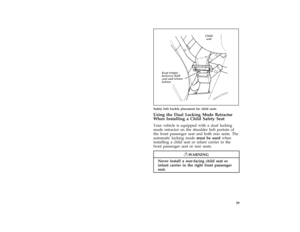 31
31 -
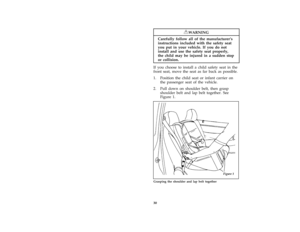 32
32 -
 33
33 -
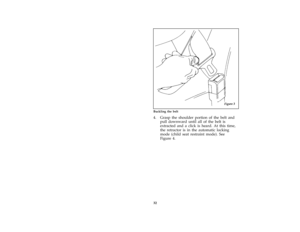 34
34 -
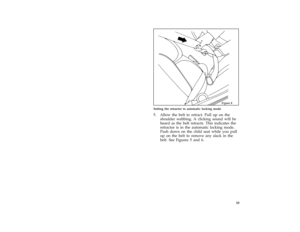 35
35 -
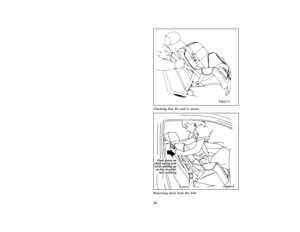 36
36 -
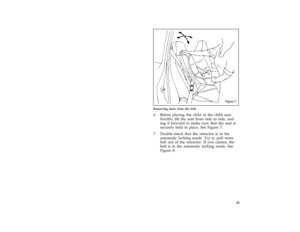 37
37 -
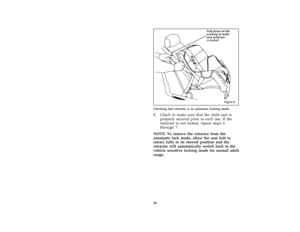 38
38 -
 39
39 -
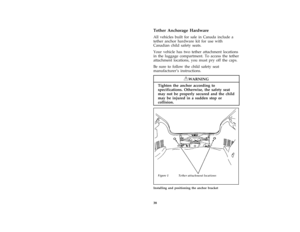 40
40 -
 41
41 -
 42
42 -
 43
43 -
 44
44 -
 45
45 -
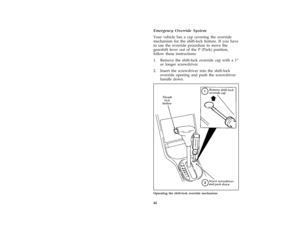 46
46 -
 47
47 -
 48
48 -
 49
49 -
 50
50 -
 51
51 -
 52
52 -
 53
53 -
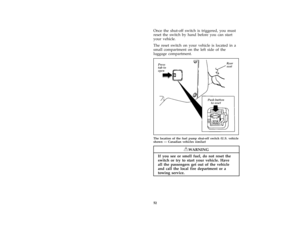 54
54 -
 55
55 -
 56
56 -
 57
57 -
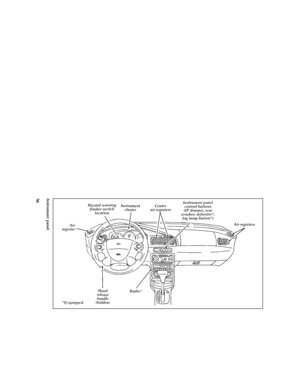 58
58 -
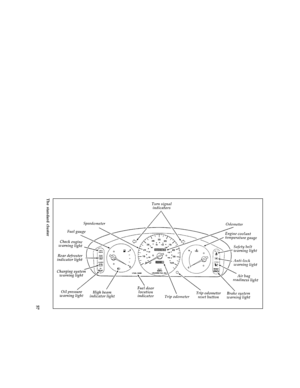 59
59 -
 60
60 -
 61
61 -
 62
62 -
 63
63 -
 64
64 -
 65
65 -
 66
66 -
 67
67 -
 68
68 -
 69
69 -
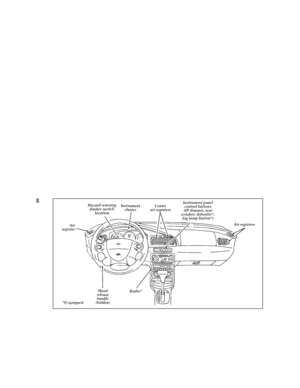 70
70 -
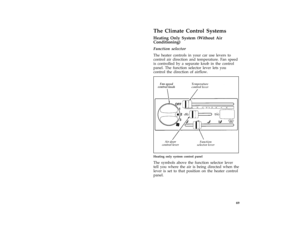 71
71 -
 72
72 -
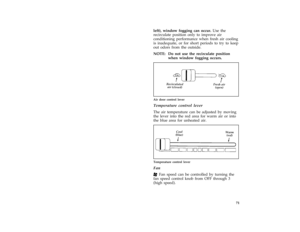 73
73 -
 74
74 -
 75
75 -
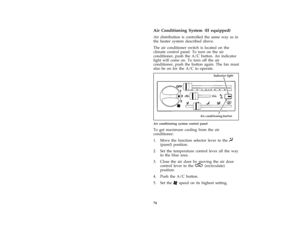 76
76 -
 77
77 -
 78
78 -
 79
79 -
 80
80 -
 81
81 -
 82
82 -
 83
83 -
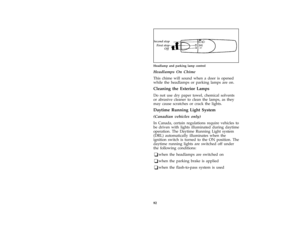 84
84 -
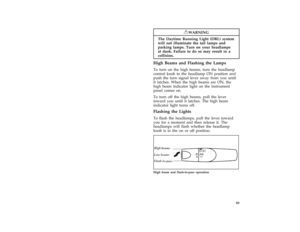 85
85 -
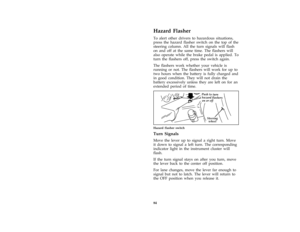 86
86 -
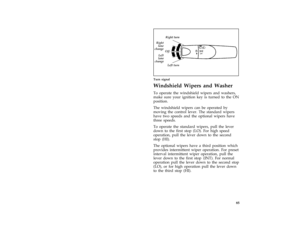 87
87 -
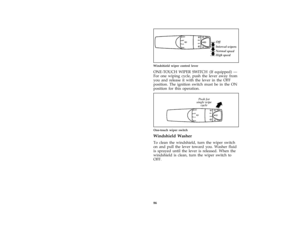 88
88 -
 89
89 -
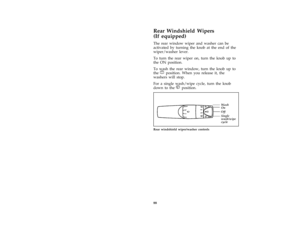 90
90 -
 91
91 -
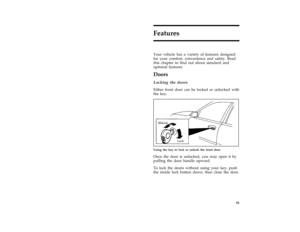 92
92 -
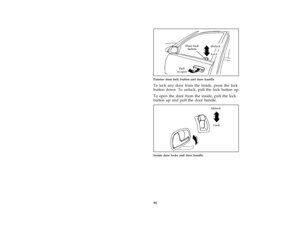 93
93 -
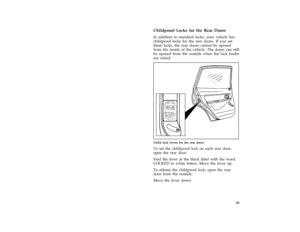 94
94 -
 95
95 -
 96
96 -
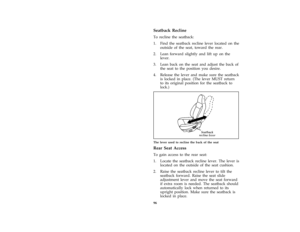 97
97 -
 98
98 -
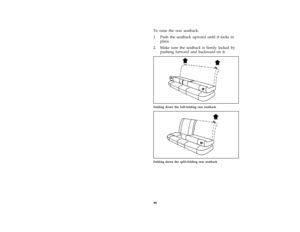 99
99 -
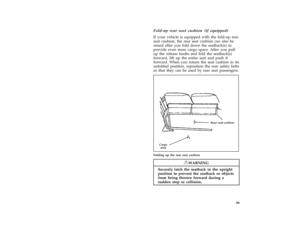 100
100 -
 101
101 -
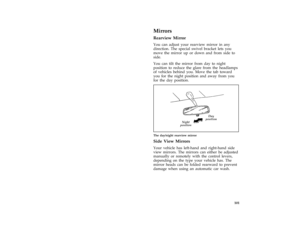 102
102 -
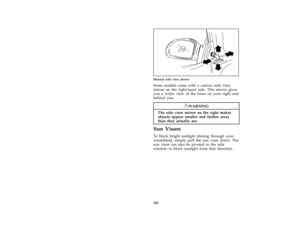 103
103 -
 104
104 -
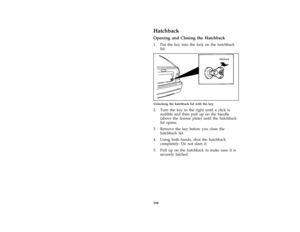 105
105 -
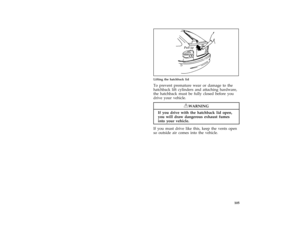 106
106 -
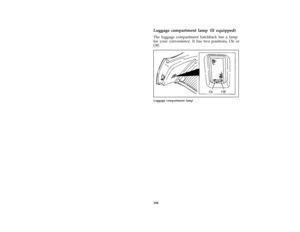 107
107 -
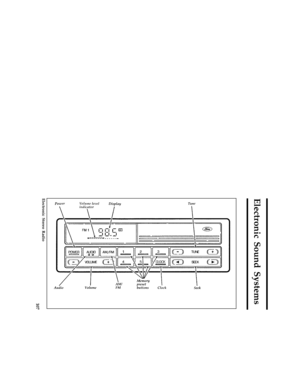 108
108 -
 109
109 -
 110
110 -
 111
111 -
 112
112 -
 113
113 -
 114
114 -
 115
115 -
 116
116 -
 117
117 -
 118
118 -
 119
119 -
 120
120 -
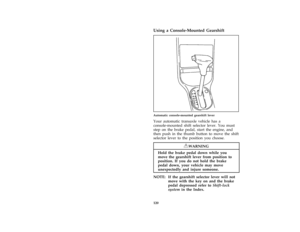 121
121 -
 122
122 -
 123
123 -
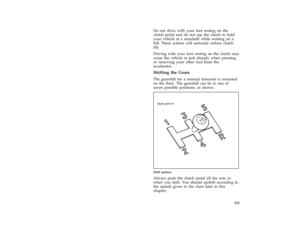 124
124 -
 125
125 -
 126
126 -
 127
127 -
 128
128 -
 129
129 -
 130
130 -
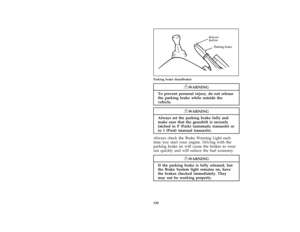 131
131 -
 132
132 -
 133
133 -
 134
134 -
 135
135 -
 136
136 -
 137
137 -
 138
138 -
 139
139 -
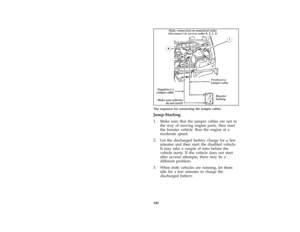 140
140 -
 141
141 -
 142
142 -
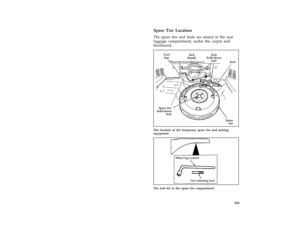 143
143 -
 144
144 -
 145
145 -
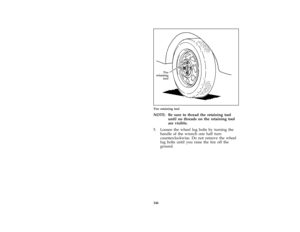 146
146 -
 147
147 -
 148
148 -
 149
149 -
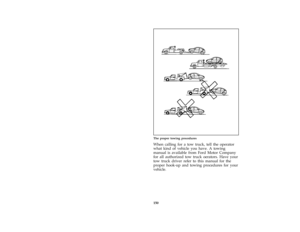 150
150 -
 151
151 -
 152
152 -
 153
153 -
 154
154 -
 155
155 -
 156
156 -
 157
157 -
 158
158 -
 159
159 -
 160
160 -
 161
161 -
 162
162 -
 163
163 -
 164
164 -
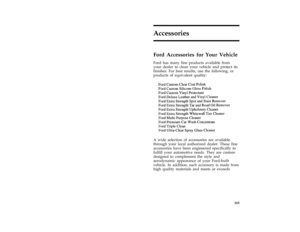 165
165 -
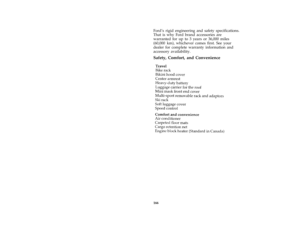 166
166 -
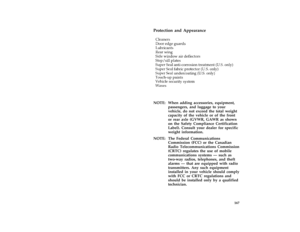 167
167 -
 168
168 -
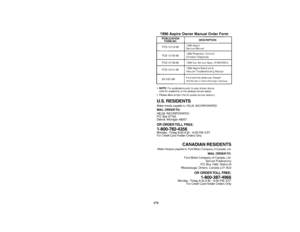 169
169 -
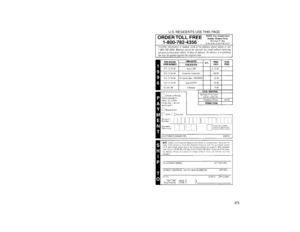 170
170 -
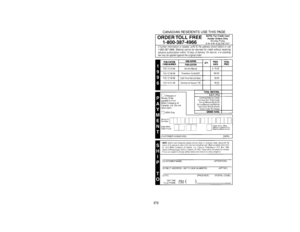 171
171 -
 172
172 -
 173
173 -
 174
174 -
 175
175 -
 176
176 -
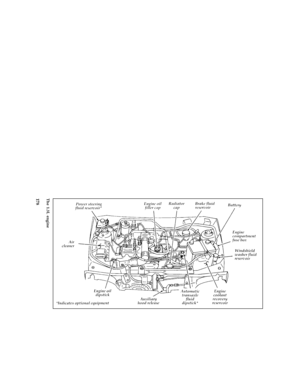 177
177 -
 178
178 -
 179
179 -
 180
180 -
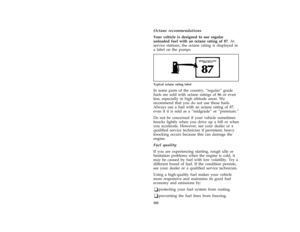 181
181 -
 182
182 -
 183
183 -
 184
184 -
 185
185 -
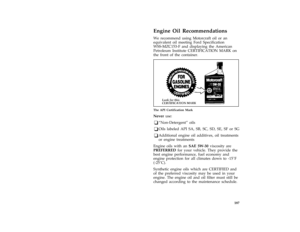 186
186 -
 187
187 -
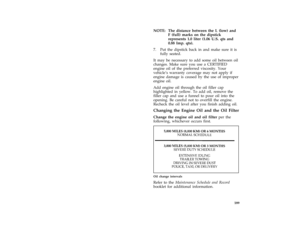 188
188 -
 189
189 -
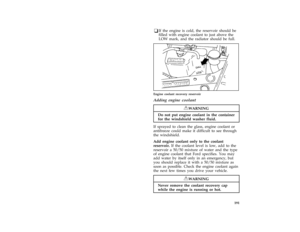 190
190 -
 191
191 -
 192
192 -
 193
193 -
 194
194 -
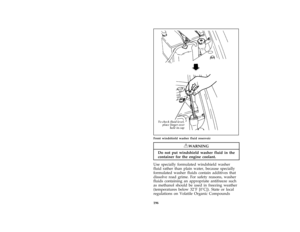 195
195 -
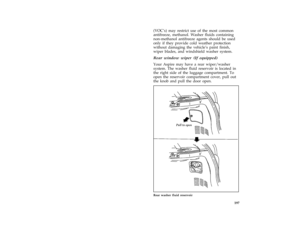 196
196 -
 197
197 -
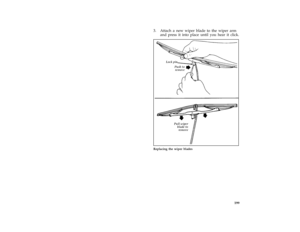 198
198 -
 199
199 -
 200
200 -
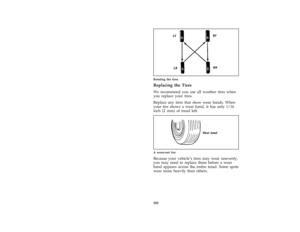 201
201 -
 202
202 -
 203
203 -
 204
204 -
 205
205 -
 206
206 -
 207
207 -
 208
208 -
 209
209 -
 210
210 -
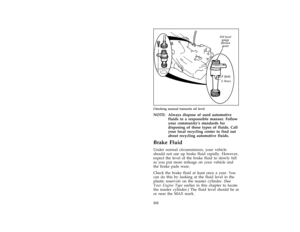 211
211 -
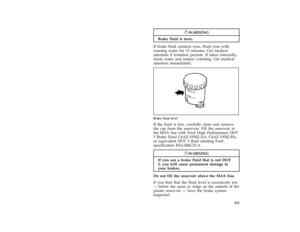 212
212 -
 213
213 -
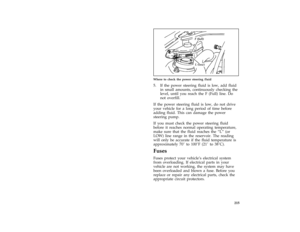 214
214 -
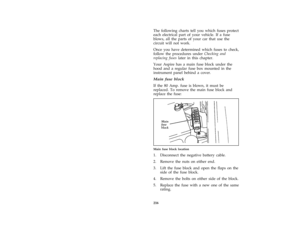 215
215 -
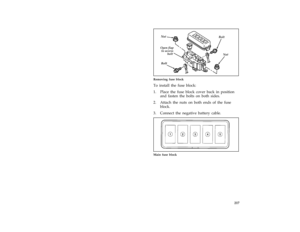 216
216 -
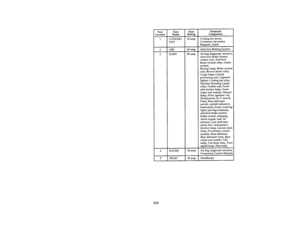 217
217 -
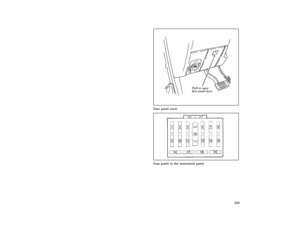 218
218 -
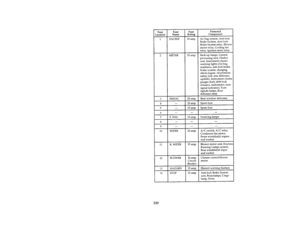 219
219 -
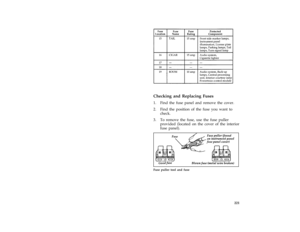 220
220 -
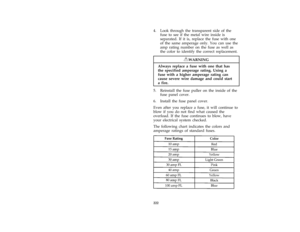 221
221 -
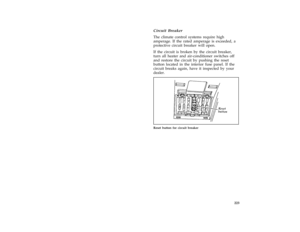 222
222 -
 223
223 -
 224
224 -
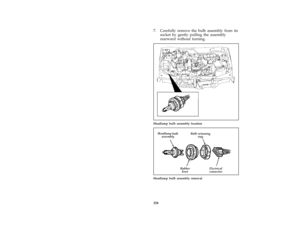 225
225 -
 226
226 -
 227
227 -
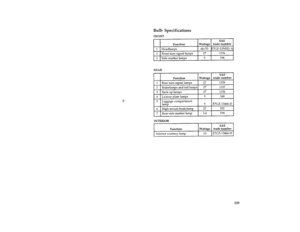 228
228 -
 229
229 -
 230
230 -
 231
231 -
 232
232 -
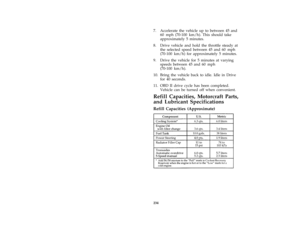 233
233 -
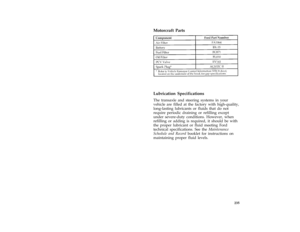 234
234 -
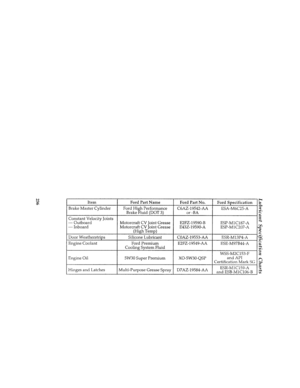 235
235 -
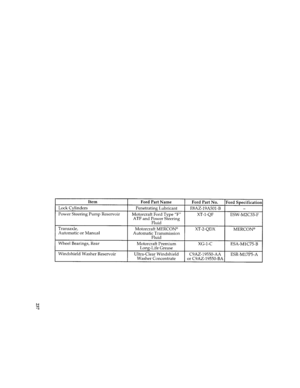 236
236 -
 237
237 -
 238
238 -
 239
239 -
 240
240 -
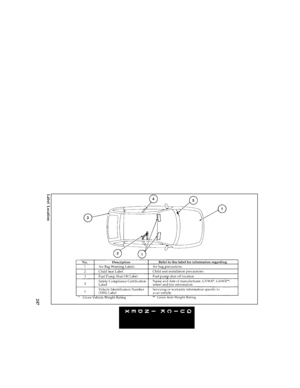 241
241 -
 242
242 -
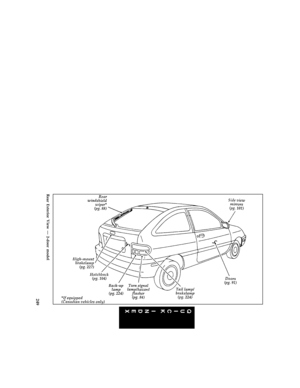 243
243 -
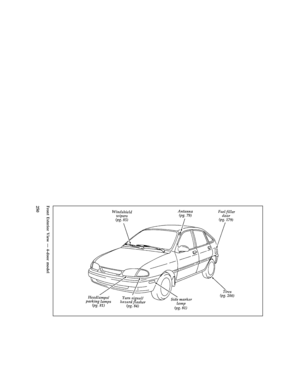 244
244 -
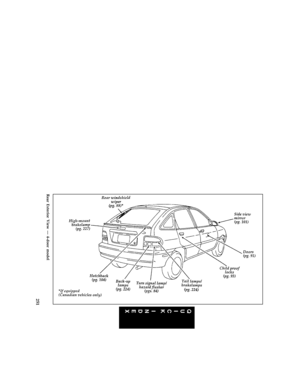 245
245 -
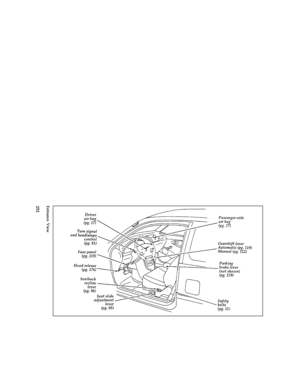 246
246 -
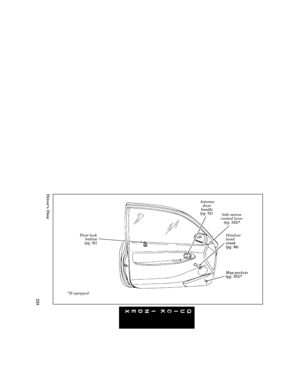 247
247 -
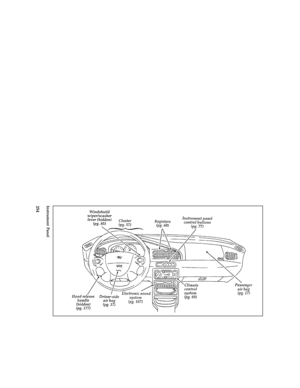 248
248 -
 249
249 -
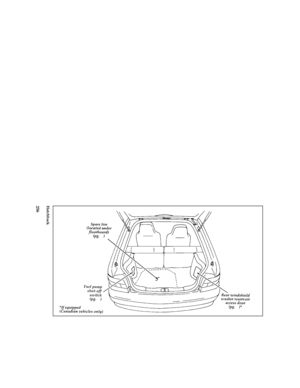 250
250 -
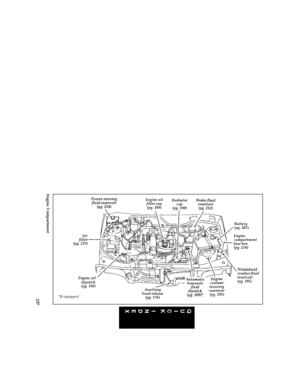 251
251 -
 252
252 -
 253
253 -
 254
254 -
 255
255 -
 256
256 -
 257
257 -
 258
258 -
 259
259 -
 260
260 -
 261
261 -
 262
262 -
 263
263 -
 264
264 -
 265
265 -
 266
266 -
 267
267
![FORD ASPIRE 1996 1.G Owners Manual 128
[DR10510(ALL)07/95]
Anti-lock Brake System (ABS)
(If equipped)
[DR10520(ALL)07/95]
The Anti-lock Brake System (ABS) prevents the
brakes from locking up. Whenever your wheels
start to lock during m FORD ASPIRE 1996 1.G Owners Manual 128
[DR10510(ALL)07/95]
Anti-lock Brake System (ABS)
(If equipped)
[DR10520(ALL)07/95]
The Anti-lock Brake System (ABS) prevents the
brakes from locking up. Whenever your wheels
start to lock during m](/manual-img/11/4753/w960_4753-128.png)
![FORD ASPIRE 1996 1.G Owners Manual 129 [DR10570(ALL)07/95]
NOTE: You might hear a chattering sound
from the Anti-lock Brake System each
time the vehicle is started or during
driving. This is normal.
[DR10580(ALL)07/95]
Ford Motor Compa FORD ASPIRE 1996 1.G Owners Manual 129 [DR10570(ALL)07/95]
NOTE: You might hear a chattering sound
from the Anti-lock Brake System each
time the vehicle is started or during
driving. This is normal.
[DR10580(ALL)07/95]
Ford Motor Compa](/manual-img/11/4753/w960_4753-129.png)
![FORD ASPIRE 1996 1.G Owners Manual 130 [DR11050(ALL)11/91]
one third page art:0030316-AParking brake (handbrake)
*
[DR11100(ALL)11/91]
RWARNING
To prevent personal injury, do not release
the parking brake while outside the
vehicle.
*
[ FORD ASPIRE 1996 1.G Owners Manual 130 [DR11050(ALL)11/91]
one third page art:0030316-AParking brake (handbrake)
*
[DR11100(ALL)11/91]
RWARNING
To prevent personal injury, do not release
the parking brake while outside the
vehicle.
*
[](/manual-img/11/4753/w960_4753-130.png)
![FORD ASPIRE 1996 1.G Owners Manual 131
*
[DR11600(ALL)06/95]
The parking brake is not designed to stop a
moving vehicle, but you can use the parking
brake to stop your vehicle in an emergency if
the normal brakes fail. However, since t FORD ASPIRE 1996 1.G Owners Manual 131
*
[DR11600(ALL)06/95]
The parking brake is not designed to stop a
moving vehicle, but you can use the parking
brake to stop your vehicle in an emergency if
the normal brakes fail. However, since t](/manual-img/11/4753/w960_4753-131.png)
![FORD ASPIRE 1996 1.G Owners Manual 132 %
*
[DR14700(ALL)01/95]
Driving in Bad Weather
%*
[DR14800(ALL)01/95]
Slippery roads
*
[DR14900(ALL)03/95]
On some slippery road surfaces, front-wheel
drive may provide better acceleration than
re FORD ASPIRE 1996 1.G Owners Manual 132 %
*
[DR14700(ALL)01/95]
Driving in Bad Weather
%*
[DR14800(ALL)01/95]
Slippery roads
*
[DR14900(ALL)03/95]
On some slippery road surfaces, front-wheel
drive may provide better acceleration than
re](/manual-img/11/4753/w960_4753-132.png)
![FORD ASPIRE 1996 1.G Owners Manual 133
*
[DR15800(ALL)01/95]
If you have an automatic transaxle and your
vehicle gets stuck (for example, in mud or
snow), you may try to ªrockº it out of the spot.
Shift, in a steady rhythm, between f FORD ASPIRE 1996 1.G Owners Manual 133
*
[DR15800(ALL)01/95]
If you have an automatic transaxle and your
vehicle gets stuck (for example, in mud or
snow), you may try to ªrockº it out of the spot.
Shift, in a steady rhythm, between f](/manual-img/11/4753/w960_4753-133.png)
![FORD ASPIRE 1996 1.G Owners Manual 134
*
[DR16600(ALL)03/95]
Driving With a Heavy Load
*
[DR16650(ALL)03/94]
There are limits to the amount of weight your
vehicle can carry. The total weight of your
vehicle, plus the weight of the pass FORD ASPIRE 1996 1.G Owners Manual 134
*
[DR16600(ALL)03/95]
Driving With a Heavy Load
*
[DR16650(ALL)03/94]
There are limits to the amount of weight your
vehicle can carry. The total weight of your
vehicle, plus the weight of the pass](/manual-img/11/4753/w960_4753-134.png)
![FORD ASPIRE 1996 1.G Owners Manual 135
*
[DR22355(ALL)09/93]
Towing a manual transaxle (MTX) equipped
vehicle behind another vehicle, such as a
Recreational Vehicle (RV), is allowed only if it is
towed forward. The parking brake must b FORD ASPIRE 1996 1.G Owners Manual 135
*
[DR22355(ALL)09/93]
Towing a manual transaxle (MTX) equipped
vehicle behind another vehicle, such as a
Recreational Vehicle (RV), is allowed only if it is
towed forward. The parking brake must b](/manual-img/11/4753/w960_4753-135.png)